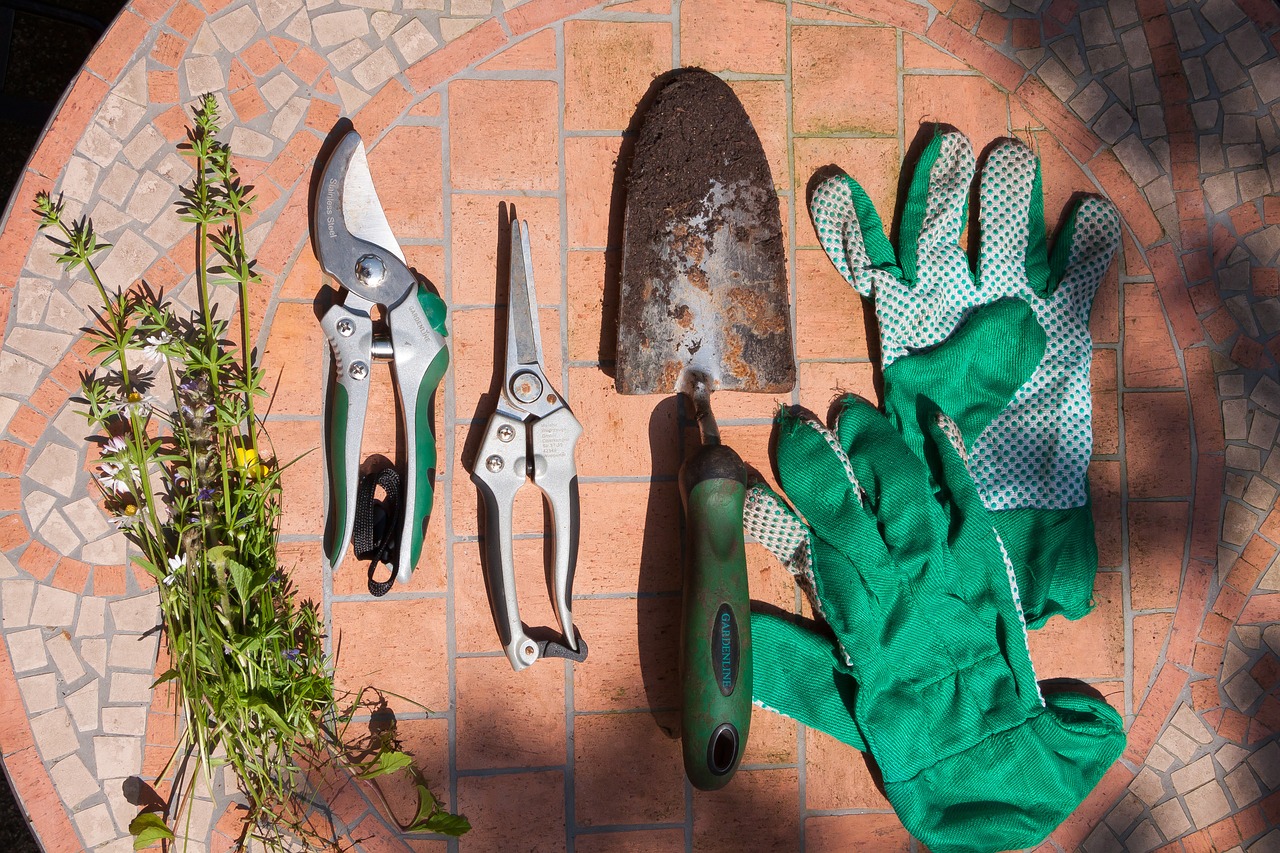19 Garden Jobs To Do In June

June is one of the busiest months of the year. The days will stretch and the temperatures rising, and everything on the allotment will develop enthusiastically – not slightest the weeds. In all likelihood, you’ll feel that the entire plot is tenaciously requesting your attention. June can be a shockingly dry month, as well, so there might be a considerable measure of watering to do with a specific end goal to keep your recently planted seedlings developing soundly.
1. Watering
Most seeds and seedlings need regular watering if they are to germinate and develop successfully. Plants are better able to take up moisture if you water little and often than if you drown them just once a week.
2. Mulch
Continue to spread mulches such as garden compost, well-rotted manure, mushroom compost, and bark chips. They will help to suppress weeds and, if the underlying earth is damp before you apply them, they will also delay evaporation.
3. Weed
Like most plants, weeds put on a growth spurt in June. Dig out any perennial weeds, such as dandelions and creeping buttercup, that you’ve overlooked in the preceding months. Then hoe regularly, especially on dry days, to prevent annual weeds competing for moisture with new, young plants.
4. Nets
Ensure that peas, cabbages and other brassicas, and soft fruit are all securely netted against birds.
5. Build supports for climbing beans
Use 2.5m (8ft) long canes and strong twine to construct rows or wigwams ready for beans to climb up. Make sure they are sturdy enough to support the heavy weight of the beans when they’re fully grown. Newly sown or transplanted seedlings can be protected with makeshift cloches or collars made from empty plastic bottles.
6. Feed tomatoes
As soon as tomatoes being grown under cover form their first tiny fruits, they will benefit from a weekly feed of high-potash fertilizer. Pinch out small side shoots that grow in the “V” between the leaf stems and the main stem.
7. Summer-prune figs
Prune established fig trees this month by pinching out the tips of new shoots so that they each have only five leaves left.
8. Earth up potatoes
Even if you’ve already done this, it’s worth doing again. It will help ensure the tubers remain out of the light.
9. Tie in and thin peaches, nectarines, and apricots
Tie in new shoots on wire-trained trees, and thin out fruit to about 15-20cm (6-8in) apart for peaches and nectarines and about 7.5cm (3in) apart for apricots.
10. Grape vines
Prune side shoots, and thin outdoor fruit grown for eating so that the remaining bunches can ripen easily and grow to a reasonable size.
11. Thin out apples and pears
“June drop” usually takes place towards the end of the month. Apple trees (and to a lesser extent pears) naturally let fall a large number of tiny, embryo fruit as a way of automatically thinning out their crop. In a good year, however, you may have to thin them out still further in order to prevent overcrowding, to allow each fruit to grow to a good size, and to avoid branches breaking under the weight of too much fruit.
12. Twice thin plums, damsons, and gages
These stone fruit also need thinning in June. Thin once at the beginning of the month, leaving a gap of about 2.5cm (1in) between individual fruits, and then again at the end of the month to increase the final gap to about 7.5cm (3in).
13. Tie in blackberries and hybrid berries
New canes that grow up this year will not bear fruit, but they should be tied in securely this month and next. In the autumn the canes carrying this year’s fruit will be cut down, and the new ones will take their place for next year.
14. Summer-prune gooseberries, redcurrants, and whitecurrants
Prune bushes and cordons by cutting back to five leaves all this year’s new lateral shoots – although don’t touch any laterals you might want to develop into new branches next year. If summer pruning is done before harvesting it may encourage the fruit to swell.
15. Remove raspberry suckers
Any rogue suckers that sprout up at a distance from the base of the plants should be pulled out and composted.
16. Feed asparagus
Apply a general-purpose fertilizer now you’re no longer picking spears – but leave the plants to grow and don’t cut them down until they go brown in autumn.
17. Cut down broad beans and peas
As soon as harvesting is over, cut plants down to just above the surface of the soil and compost them. But leave the roots in the ground, as they are rich in nitrogen.
18. Summer-prune herbs
Chop back herbs such mint, chives, sage, thyme, and lovage in order to remove tired old leaves and to stimulate the growth of fresh new ones.
19. Pot up strawberry runners
If your strawberry plants have finished producing fruit, either cut off any runners or use them to make new plants.


